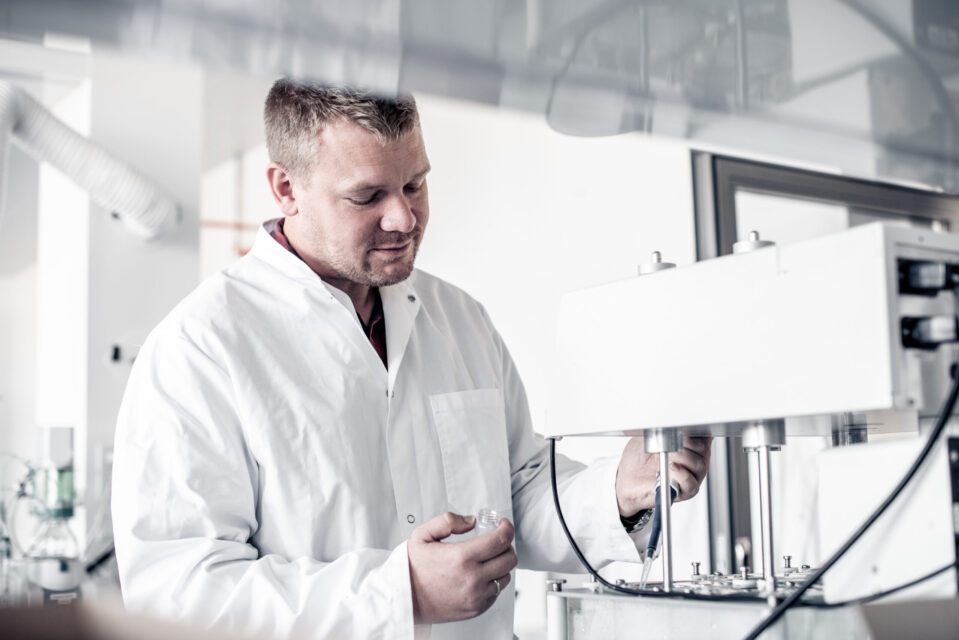
Efficacy of a novel antimicrobial hydrogel for eradication of Staphylococcus epidermidis, Staphylococcus aureus and Cutibacterium acnes from preformed biofilm and treatment performance in an in vivo MRSA wound model
Authors: Troels Ronco (Department of Veterinary and Animal Sciences, Faculty of Health and Medical Sciences, University of Copenhagen), Maria F Aragao (Department of Veterinary and Animal Sciences, Faculty of Health and Medical Sciences, University of Copenhagen), Søren Svenningsen (Department of Chemistry, Faculty of Science, University of Copenhagen), Jørn B Christensen (Department of Chemistry, Faculty of Science, University of Copenhagen), Anders Permin (Unibrains), Lasse Saaby (Bioneer A/S), Nina Bionda (iFyber), Ellen E Lantz (iFyber), Rikke H Olsen (Department of Veterinary and Animal Sciences, Faculty of Health and Medical Sciences, University of Copenhagen)
Background
Bacterial biofilm formation is a complicating factor in the antimicrobial treatment of bacterial infections.
Objectives
In this study, we assessed the impact of a novel hydrogel with the active antimicrobial compound JBC 1847 on eradication of preformed biofilms of Staphylococcus epidermidis, Cutibacterium acnes and MRSA in vitro, and evaluated the in vivo efficacy of MRSA wound treatment.
Methods
Biofilms were exposed to JBC 1847 for 24 h and subsequently the treatments were neutralized and surviving biofilm-associated bacteria recovered and enumerated. The efficacy of the hydrogel on post-treatment load of MRSA was determined in a murine model of MRSA wound infection, and skin samples of the infected mice were examined histologically to evaluate the degree of healing.
Results
A concentration-dependent eradication of biofilm-embedded bacteria by JBC 1847 was observed for all three pathogens, and the hydrogel caused a greater than four log reduction of cfu in all cases. In the mouse model, treatment with the hydrogel significantly reduced the cfu/mL of MRSA compared with treatment of MRSA-infected wounds with pure hydrogel. Histopathological analysis of the wounds showed that the JBC 1847 treatment group had a lower grade of inflammation, a higher mean score of re-epithelization and higher mean scores of parameters assessing the maturity of the newly formed epidermis, compared with both the fusidic acid 2% and vehicle treatment groups.
Conclusions
The novel hydrogel shows promising results as a candidate for future wound treatment, likely to be highly effective even in the case of biofilm-complicating infected wounds.
Read the full publication here: https://academic.oup.com/jacamr/article/3/3/dlab108/6330713
